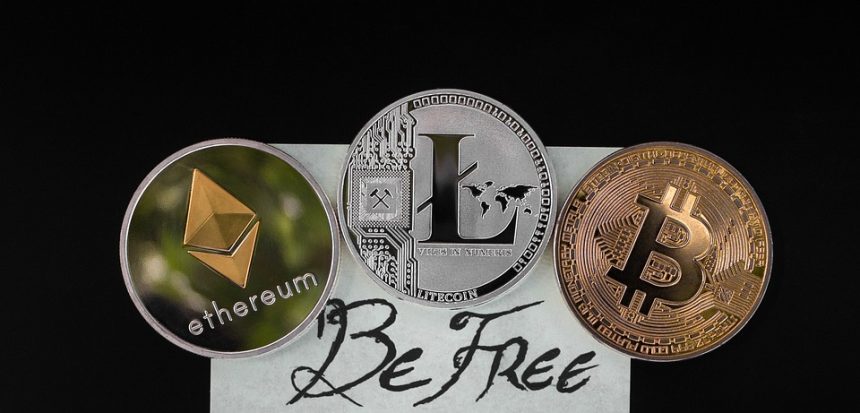In the fast-evolving world of cryptocurrencies, exchanges serve as the primary platforms for trading digital assets. Their popularity, however, has made them prime targets for cybercriminals. As the crypto market continues to mature, it becomes imperative to reflect on past breaches to strengthen security measures and protect investors. This article delves into notable crypto exchange hacks, the lessons learned, and best practices to enhance security.
A Brief History of Major Crypto Exchange Hacks
1. Mt. Gox (2014)
One of the most infamous breaches occurred at Mt. Gox, which was then the largest Bitcoin exchange. In early 2014, hackers made off with approximately 850,000 Bitcoins, worth hundreds of millions at the time. The incident exposed severe flaws in the exchange’s security protocols and operational transparency, leading to Mt. Gox’s bankruptcy.
2. Bitfinex (2016)
In 2016, Bitfinex suffered a hack that resulted in the loss of nearly 120,000 Bitcoins, valued at around $72 million. The breach foreshadowed the need for better multi-signature wallets and highlighted vulnerabilities in centralized exchanges’ custody solutions.
3. Coincheck (2018)
In January 2018, Coincheck was targeted by hackers who stole approximately $530 million worth of NEM tokens. The incident raised alarm bells about the security of hot wallets (connected to the internet) and underscored the necessity for robust cold storage solutions.
4. KuCoin (2020)
With a reported loss of $280 million, the KuCoin hack in 2020 stunned the crypto community. Exploiting weaknesses in private keys, the breach prompted discussions about the need for stronger security measures, including the importance of continuous auditing of security protocols.
These incidents emphasize common vulnerabilities, including inadequate security measures, insufficient employee training, and a lack of robust incident response strategies.
Lessons Learned from Past Breaches
1. Employ Robust Security Protocols
The repeated failure of exchanges to protect clients’ assets has highlighted the necessity of employing robust security protocols. This includes not only implementing multi-signature wallets and cold storage solutions but also ensuring that exchanges continually assess and upgrade their security practices.
2. Regular Security Audits
Conducting regular security audits is a vital preventative measure. New vulnerabilities can emerge with software updates or system changes. Independent audits can help pinpoint these issues before they are exploited by malicious actors.
3. Employee Training and Awareness
Human error remains a prominent factor in many successful hacks. Regular training helps employees recognize phishing attempts and understand best practices for maintaining security. A culture of security awareness can significantly reduce the likelihood of internal breaches.
4. Incident Response Plan
Having a solid incident response plan is crucial for minimizing damage after a breach has occurred. This plan should outline steps for communication, recovery, and customer compensation, helping to restore trust among users.
5. Insurance and Transparency
While the ideal scenario is to prevent hacks entirely, exchanges should consider taking out insurance against potential losses due to cyber-attacks. Additionally, maintaining transparency with users about security protocols and incident responses can help build trust, even in distressing situations.
Best Practices for Enhancing Security
1. Decentralized Solutions
Decentralization offers the potential for increased security. By utilizing decentralized finance (DeFi) platforms, users can reduce reliance on central exchanges, which are often targeted by hackers.
2. Two-Factor Authentication (2FA)
Mandatory two-factor authentication is a critical layer of security for exchange users. By requiring a second form of identification, 2FA can dramatically reduce the risk of unauthorized access.
3. Cold Storage of Assets
Exchanges should prioritize cold storage for their assets, keeping the majority of funds offline to reduce vulnerability to online attacks. Only a small portion should remain in hot wallets for operational purposes.
4. Utilizing Blockchain Technology
Innovative blockchain solutions can enhance security measures through transparent and immutable logs of transactions. By deploying advanced cryptographic techniques, exchanges can better safeguard user data and funds.
Conclusion
As the cryptocurrency market continues to expand, so too does the need for secure trading environments. The lessons learned from past crypto exchange hacks present a roadmap toward enhancing security. By proactively addressing vulnerabilities, investing in technology, and fostering a culture of security awareness, crypto exchanges can build a safer trading landscape for all participants. Ultimately, the resilience of the cryptocurrency ecosystem depends on our collective commitment to learning from history and innovating for a secure future.






